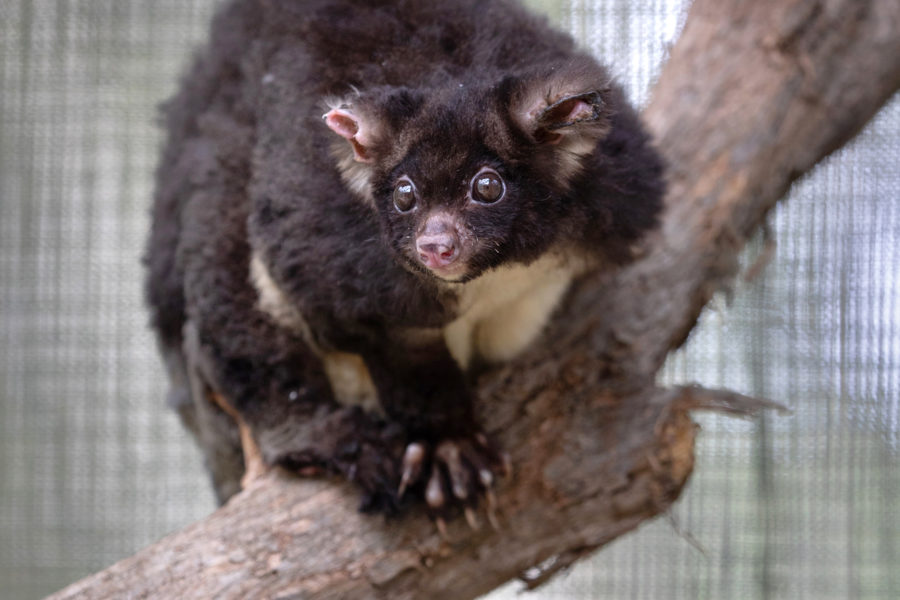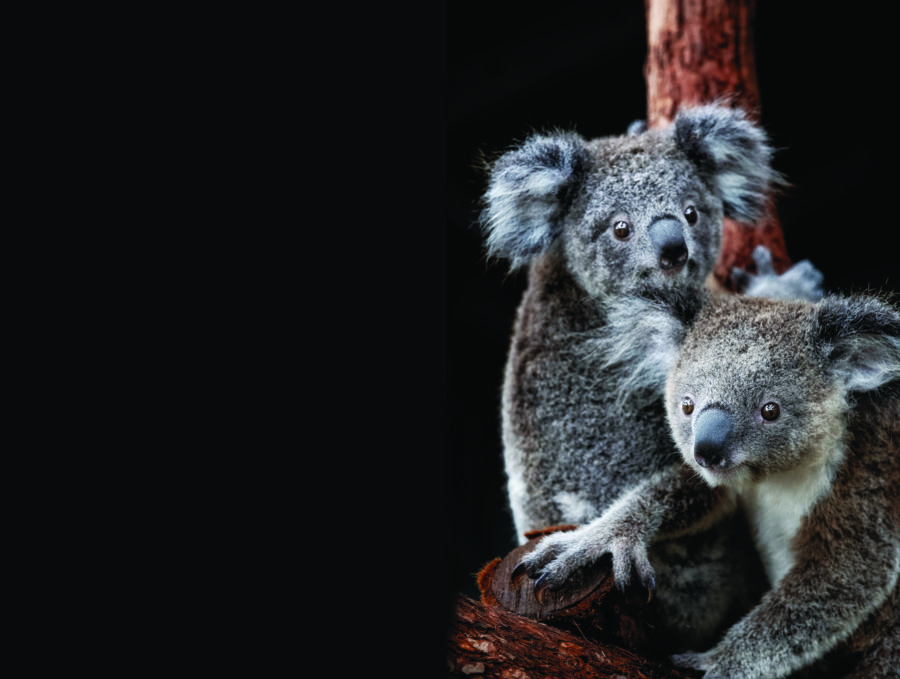Will we at last get the environment laws we need?

Every five years since the mid-1990s the federal government has released a State of the Environment Report documenting the condition of Australia’s natural assets and progress in protecting them.
The latest report was released on 19 July 2022. Unsurprisingly, after years of federal neglect and ever-growing climate change, it makes for depressing reading.
The new federal government has, however, offered a glimmer of hope for the future by promising to substantially overhaul Australia’s ineffectual legislation for threatened species protection.
According to the report – which the previous government received in December 2021 but didn’t release before the May 2022 election – Australia’s threatened plants and animals grew from 1774 to 1918, or by more than 8 per cent, between 2016 and 2021.
That included the gang-gang cockatoo and northern hopping-mouse as well as victims of the 2019–20 bushfires, such as the silver-headed antechinus and eastern bristlebird.
The report also found that: the impact of climate-related extreme events, such as floods, droughts and bush fires, is increasing; many ecosystems are on the brink of collapse; and environmental management is poorly coordinated across the continent.
It further concluded that the destruction of our environment is directly affecting human wellbeing and that habitat loss and degradation, wrought for example by land clearing and forestry, remain the biggest threats to declining species. All this skims the surface of the findings, but it’s what Australia’s new environment and water minister, Tanya Plibersek, said as the report was finally released that gives me hope.
While there’s little doubt Australia’s environment is in a perilous state, weak and ineffective legislation for protecting threatened species has done little to stem declines (see Wild Australia, AG 160). In fact, the protection proffered by the Environment Protection and Biodiversity Conservation Act 1999 is so poor that for some iconic species, such as the koala and greater glider, land clearing has increased in vital habitats since they’ve been listed under the Act.
Conservationists say the law is rarely enforced, is beset by loopholes and exemptions and doesn’t require evidence of measurable outcomes, meaning few species have ever recovered enough to come off the list.
Speaking at the National Press Club in July 2022, Minister Plibersek described the new report as shocking and telling “a story of crisis and decline in Australia’s environment” and also “a decade of government inaction and wilful ignorance”. She added that, under Australia’s new government, “environment is back on the priority list”, and as environment minister she wouldn’t be putting her head in the sand.
We have to wait to see if her government can deliver on its promises, but what’s been said so far sounds encouraging.
Minister Plibersek says she wants to completely overhaul the conservation legislation in 2023, but isn’t rushing into anything. She wants a wide consultation process with relevant parties before a new policy is formulated. She also wants to create an Environment Protection Agency and increase the proportion of Australia’s protected lands from 19.8 per cent (currently) to at least 30 per cent by 2030.
Whether or not new legislation can succeed where current laws have largely failed depends on the form the laws will take and, crucially, whether there’s an independent monitoring mechanism of some kind to determine if they’re doing their job and also whether endangered species are recovering. The laws also need to be enforced.
Legislation is just one part of the answer; it’s currently estimated Australia is only spending 15 per cent of what’s needed to prevent extinctions and reverse declines. Therefore the government is going to have to put its money where its mouth is if it wants to turn things around.




